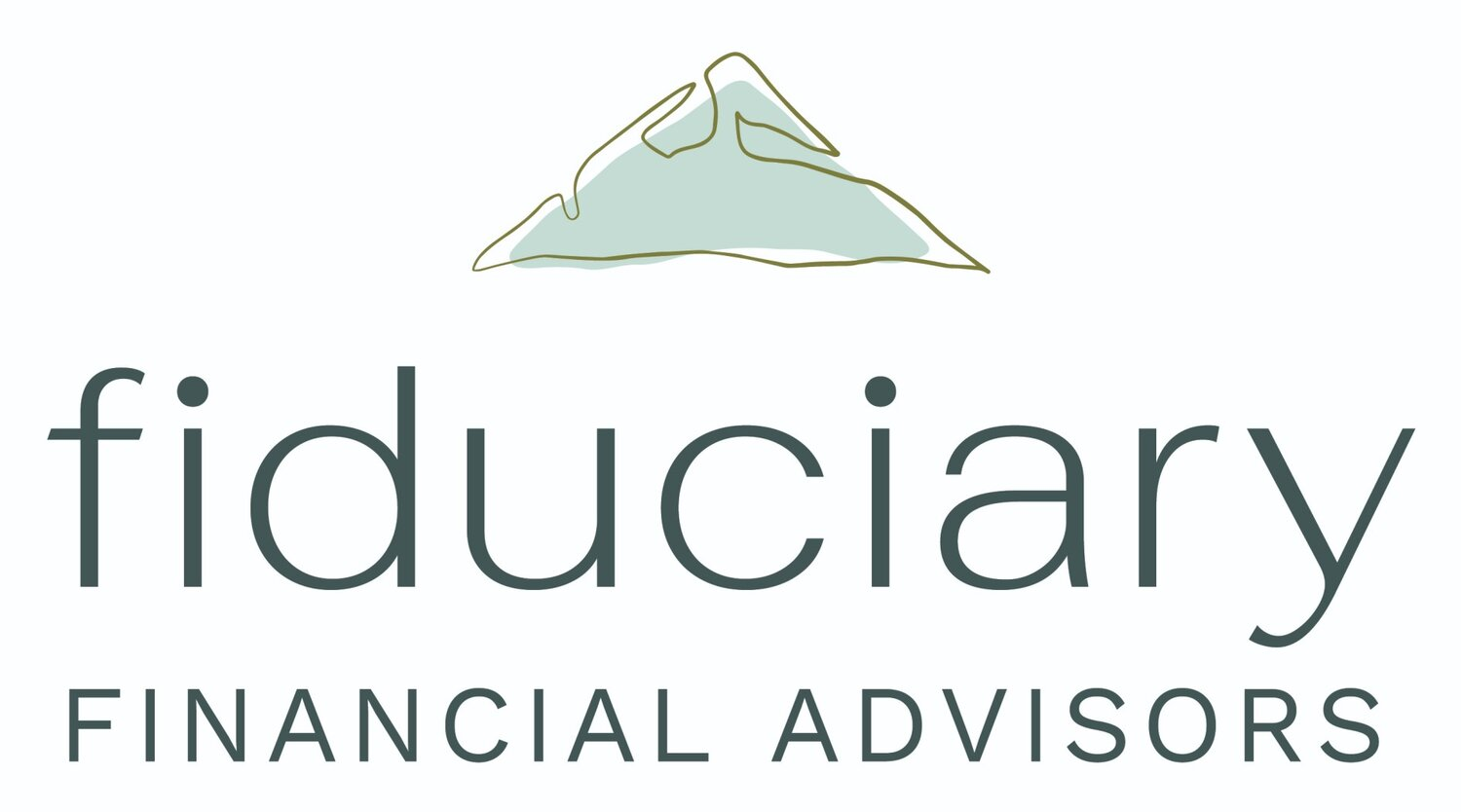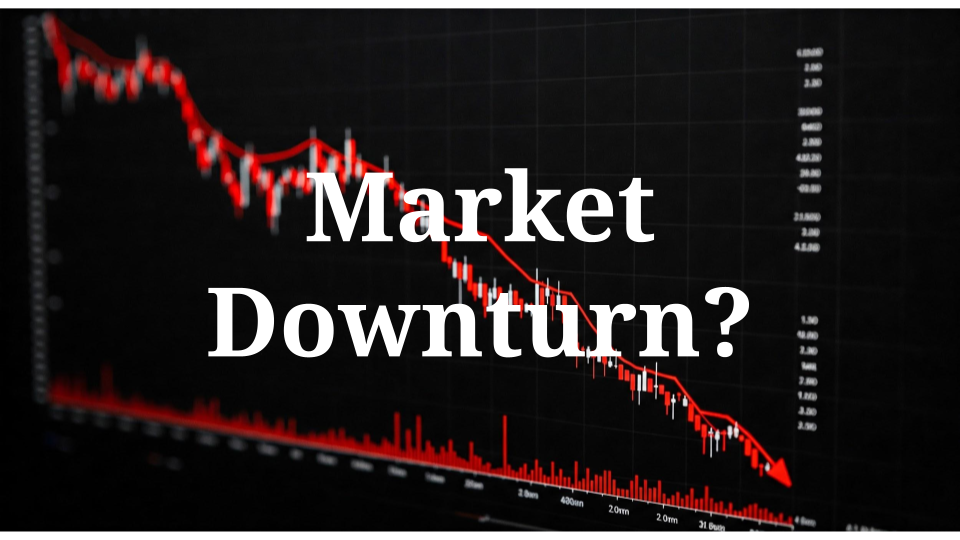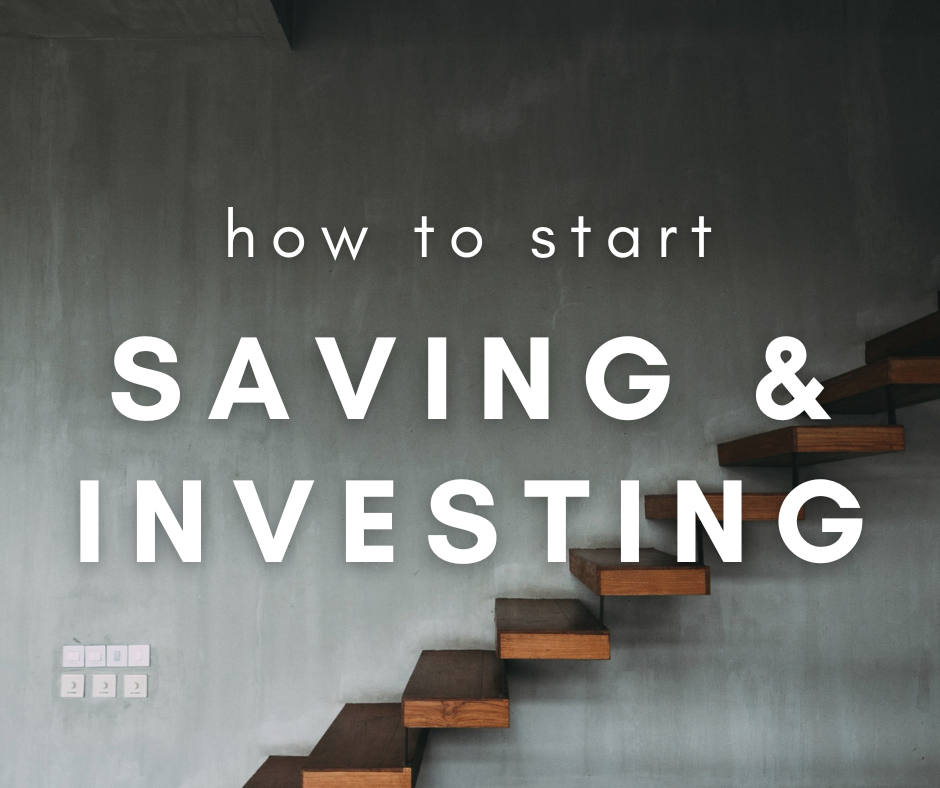Invest Like a Sales Professional
/Investing is confusing for many people. You are stuck trying to find the best strategies and performance, while still minimizing risk. On top of finding a strategy that is in line with your situation and goals, you have to be willing to ride the rollercoaster that is the stock market. If you work in sales, you have the added complexity of managing your variable income. Everyone has their opinions, but I firmly believe that there’s more than one way to achieve your financial goals. In this article, I aim to offer some principles that can simplify investing for sales professionals.
Employer Match
Many employers offer a contribution matching program, and taking advantage of it can feel like getting free money. For this reason, it is likely to be the first step in maximizing your investments. Nowadays, many plans even provide a Roth option, which can be a great perk to take advantage of. The employer contribution will be pre-tax, so putting your contribution into the Roth bucket allows for tax-free growth of your retirement assets. If you find yourself in a high-income position, make sure to keep your contribution below the annual limit, so that you can invest any additional money outside of your employer plan. The current employee contribution 401k limit for 2024 is $23,000 with a catch-up contribution of $1,000 if you are 50 or older, although the limit can change annually.
Tiered Approach
Once you’ve maximized the employer match, you should have a strategy for your next investment contributions. Your next step is likely to maximize your Roth or traditional IRA contributions. If you still have funds you want to invest, then this is where your options expand, depending on your financial goals and risk tolerance. Whether you plan to fund a taxable account or invest in real estate, this is the time to do it. There is no one-size-fits-all approach, so I highly recommend consulting a professional to walk you through the pros and cons of each option and help you find an approach that is aligned with your goal. One way to keep track of your tiered approach would be to follow the method I outlined in “End-of-Year Financial Checklist: 7 Steps for a solid Financial Plan”. This allows you to automate your plan and ensure everything is in order towards year-end.
Dollar Cost Averaging or Lump Sum
Most individuals enjoy the consistency that accompanies dollar cost averaging (DCA). This is an excellent approach for someone with a consistent income. During my time in sales, my income was never truly “consistent”, and I find that to be the case across the board for most sales professionals. Let me also be clear that the approach you should take is the one you will stick to. Research has shown that lump sum investing can be superior to DCA due to the time in the market, but DCA is still very effective and useful for risk-averse investors. Working in a heavily commissioned role will often result in using a lump-sum approach, and it is important to not shy away from it. Nobody has a crystal ball when it comes to the stock market and can know the best day to invest. With that being said, you are typically better off letting your money start working for you as soon as possible.
Tax Considerations
Tax-efficient strategies should be a key element of every sales professional's investment strategy. This could involve using a Roth IRA, doing backdoor Roth conversations, or tax loss harvesting. While being tax-conscious, you will still want to maximize investment performance. This is truly a balance and should be considered when deciding on an investment strategy. I recommend working closely with a certified public account (CPA) who works in tax preparation and can give advice on your tax efficiency.
While many investing principles are synonymous with most individuals, these are a few strategies to keep in mind for sales professionals who often have high, fluctuating incomes. These guidelines are intended to provide clarity to investing. If you want specific advice on investment strategies, consult a financial advisor that is willing to take your entire financial picture into account, and help you find an approach that is in your best interest.
References
https://www.irs.gov/newsroom/401k-limit-increases-to-22500-for-2023-ira-limit-rises-to-6500
Fiduciary Financial Advisors, LLC is a registered investment adviser and does not give legal or tax advice. Information presented is for educational purposes only and does not intend to make an offer or solicitation for the sale or purchase of any securities. The information contained herein has been obtained from a third party source which is believed to be reliable but is subject to correction for error. Investments involve risk and are not guaranteed. Past performance is not a guarantee or representation of future results.

















































